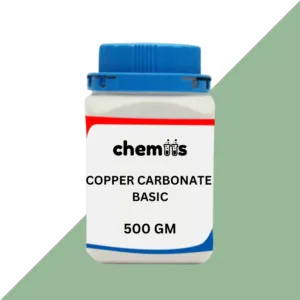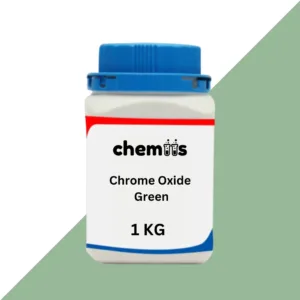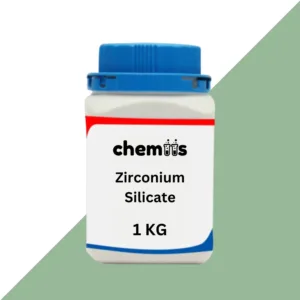Styrene Monomer (C₆H₅CH=CH₂) is a clear, colorless liquid with a sweet odor. It is a key building block in the production of various synthetic polymers and copolymers. Styrene is primarily used to manufacture polystyrene, styrene-butadiene rubber (SBR), and other resins and copolymers that are crucial in various industrial and consumer applications. As a highly reactive compound, styrene is widely used in the production of plastics, resins, and synthetic rubber.
Applications:
1. Polystyrene Production:
- General Purpose Polystyrene (GPPS): Styrene monomer is the primary raw material used to produce polystyrene, a widely used thermoplastic polymer. Polystyrene is found in various consumer products, such as food containers, packaging materials, and disposable tableware. The polymerization of styrene leads to a solid, rigid plastic ideal for molding and casting applications.
- High Impact Polystyrene (HIPS): Styrene monomer is also used to produce high-impact polystyrene, which has improved toughness compared to regular polystyrene. HIPS is used in applications requiring more durability, such as in the production of appliance housings, automotive parts, and electronic equipment.
2. Styrene Butadiene Rubber (SBR):
- Synthetic Rubber: Styrene monomer is combined with butadiene to form styrene-butadiene rubber (SBR), one of the most widely used synthetic rubbers in the world. SBR is used in a variety of applications, most notably in the production of tires, footwear, adhesives, and sealants. The rubber is valued for its durability, resistance to abrasion, and excellent aging properties.
3. Resins and Composites:
- Unsaturated Polyester Resins (UPR): Styrene is a key ingredient in the production of unsaturated polyester resins, which are widely used in the manufacture of fiberglass-reinforced plastics, coatings, adhesives, and casting materials. These resins are highly durable, resistant to corrosion, and are used in various industries, including automotive, construction, and marine.
- Acrylic Resins: Styrene is used in the production of acrylic resins, which find application in paints, coatings, and adhesives. Styrene helps enhance the resin’s properties, such as clarity, hardness, and scratch resistance.
4. Coatings and Paints:
- Acrylic and Alkyd Paints: Styrene is used in the production of both acrylic and alkyd resins that serve as the foundation for paints and coatings. Styrene-based paints are used in both indoor and outdoor applications due to their excellent adhesion, gloss, and durability.
5. Insulation Materials:
- Thermal Insulation: Styrene-based materials such as expanded polystyrene (EPS) are used for thermal insulation in buildings, refrigerators, and packaging. Styrene’s light weight and ability to trap air in its structure make it ideal for these applications.
6. Automotive and Construction Applications:
- Composites and Parts: Styrene is used in the production of fiberglass-reinforced composites, which are utilized in automotive body parts, tanks, and construction materials. The material offers high strength-to-weight ratios, making it suitable for lightweight but durable parts.
7. Chemical Synthesis:
- Styrene Derivatives: Styrene is used as an intermediate to produce a range of other chemicals and derivatives, including styrene oxide, benzaldehyde, and ethylbenzene, which are used in manufacturing plastics, resins, and other specialty chemicals.
8. Packaging:
- Packaging Materials: Styrene is a component of materials like foam packaging, including styrofoam, that are used in food packaging, shipping, and thermal insulation. Its ability to form a rigid yet lightweight structure makes it ideal for protecting fragile items during transport.
Safety Guidelines:
- Personal Protective Equipment (PPE):
- Skin Protection: Wear appropriate protective gloves and clothing when handling styrene monomer to avoid skin contact. Styrene can cause irritation and absorption through the skin.
- Eye Protection: Use safety goggles or face shields to protect eyes from potential splashes or vapor exposure.
- Respiratory Protection: Styrene monomer is volatile, and inhalation of vapors or mist should be avoided. Wear a respirator or use adequate ventilation when working with styrene in confined spaces or large quantities.
- Hearing Protection: In environments with high noise levels from styrene-based manufacturing processes (e.g., polymerization), hearing protection should be worn.
- Storage:
- Ventilated Areas: Styrene monomer should be stored in well-ventilated areas, away from heat, sparks, open flames, or other ignition sources. It should be kept in tightly closed containers to prevent contamination or escape of vapors.
- Temperature Control: Store styrene at temperatures between 5°C and 40°C. Elevated temperatures can cause polymerization of styrene, so it’s important to avoid overheating.
- Handling:
- Avoid Spills and Leaks: Ensure that styrene monomer is handled carefully to avoid spills or leaks. In case of a spill, evacuate the area and ensure proper cleanup procedures are followed.
- Minimize Exposure: Minimize exposure to styrene vapor by working in well-ventilated areas. Use sealed systems wherever possible to prevent the release of vapors into the environment.
- First Aid:
- Inhalation: If inhaled, move the individual to fresh air immediately. Seek medical attention if symptoms persist, such as dizziness or difficulty breathing.
- Skin Contact: In case of skin contact, wash the affected area with soap and water immediately. If irritation persists, seek medical attention.
- Eye Contact: In case of eye contact, flush eyes with plenty of water for at least 15 minutes. If irritation continues, seek medical help.
- Ingestion: If ingested, do not induce vomiting. Seek medical attention immediately. Provide the affected person with water to drink if they are conscious.
- Disposal:
- Chemical Waste: Styrene monomer should be disposed of according to local environmental regulations. It should be collected and disposed of by certified chemical waste disposal services.
- Avoid Environmental Contamination: Ensure that styrene does not enter drains or the environment. Avoid disposal in landfills where it could contaminate groundwater.








Reviews
There are no reviews yet.